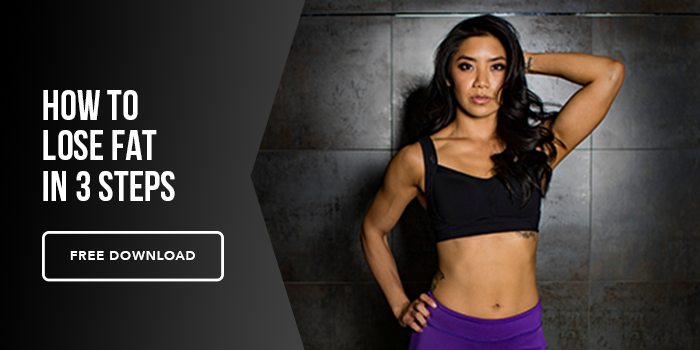Like any question worth asking, the answer is (to most people’s frustration) it depends. If you’ve ever made the mistake of shopping off the “one-size-fits-all” rack at Nordstrom, you know the slogan is a scam. We all have different schedules, priorities, preferences, and abilities to recover. Thus, the optimal training length won’t be the same across the board.
There are benefits to every length of exercise. However, there are some drawbacks to each as well. Understanding these pros and cons will help you decide how long training sessions should be for you.
15-Minute Sessions: Maximizing Efficiency
If the only time you have to exercise is the time it takes your oven to preheat, quick and efficient sessions are going to be your calling. In a brief 15-minute window, efficiency is paramount. These workouts demand strategic planning and targeted exercises to make the most of limited time. The best option is to use alternating sets. These are similar to supersets in that one exercise will immediately follow the other. But instead of doing two exercises to target the same muscle, you’ll pair two exercises that target opposing muscles. For example, you would do a push-up immediately, followed by a pull-up. The idea behind this is that your chest is resting while your back is working, and vice versa. Alternating sets will help cram in volume while still mitigating fatigue.
The 15-minute workouts will be more intense in nature, given the time constraints. This has huge physiological advantages. In terms of the science behind it, research suggests that short, intense workouts can elicit unique adaptations, including improvements in cardiovascular health, metabolic function, and muscular endurance.
30-Minute Sessions: Balancing Volume and Quality
With double the time at your disposal, 30-minute sessions offer more breathing room without sacrificing efficiency. Here, the key is striking a balance between volume and quality.
30-minutes is still shorter than the standard weight training program would suggest. Thus, you have two options to make your training more effective. To hit your volume goals, you can cut your rest times. This will sacrifice quality and performance slightly but will help you reach higher weekly volumes. On the other hand, you can stick to standard rest periods to preserve performance. This will sacrifice volume but will result in a higher quality of sets. In our experience, the best approach is to go in phases. Focus on volume for 4 weeks and then focus on performance for 4 weeks.
1-Hour Sessions: Prioritizing Rest and Recovery
For those seeking muscle growth and strength gains, 60-minute sessions provide plenty of opportunity to perform at a high level with each and every set. The optimal workout in a 60-minute session looks a lot different than in a 15- or 30-minute session. Most notably, there’s a lot more resting. By resting until you feel sufficiently recovered—when your heart rate and breathing have settled—you’ll be able to maintain intensity and quality throughout the entire workout. Additionally, given the length of the workout, you’ll still be able to comfortably hit your volume goals without sacrificing recovery.
If time isn’t an issue and muscle building is a priority, it’s hard to beat an hour-long session.
2-Hour Sessions: Extended Training
Longer sessions afford the opportunity to incorporate more accessory exercises, fine-tune form, and strategically overreach in volume. But whether you’re a bodybuilding or just enjoy spending time at the gym, a shift in focus becomes imperative when training for such a long time. Near the hour mark, you’ll have a huge drop off in strength, at which point doing heavy compound lifts doesn’t make sense anymore. Instead, the second half of your session should incorporate more low intensity activities like cardio, core work, and machines.
Conclusion: Finding Your Ideal Workout Duration
Remember that there is no right answer. Whether you have 15-minutes to get a sweat in your living room or two hours to kill at Equinox, muscle growth is still the outcome of our effort. So, instead of trying to sift through the science to find out what’s optimal, think about what’s optimal for you.






